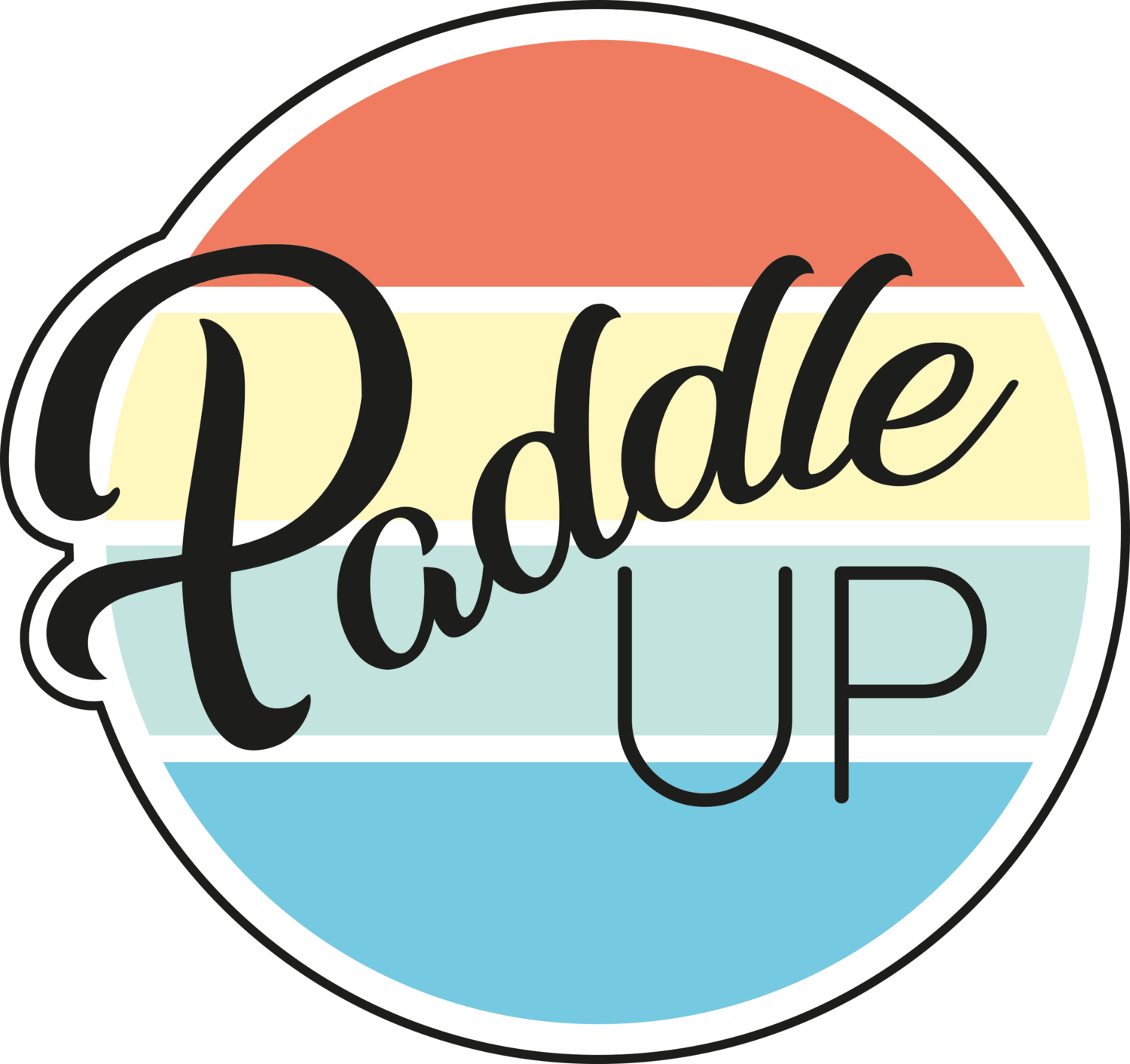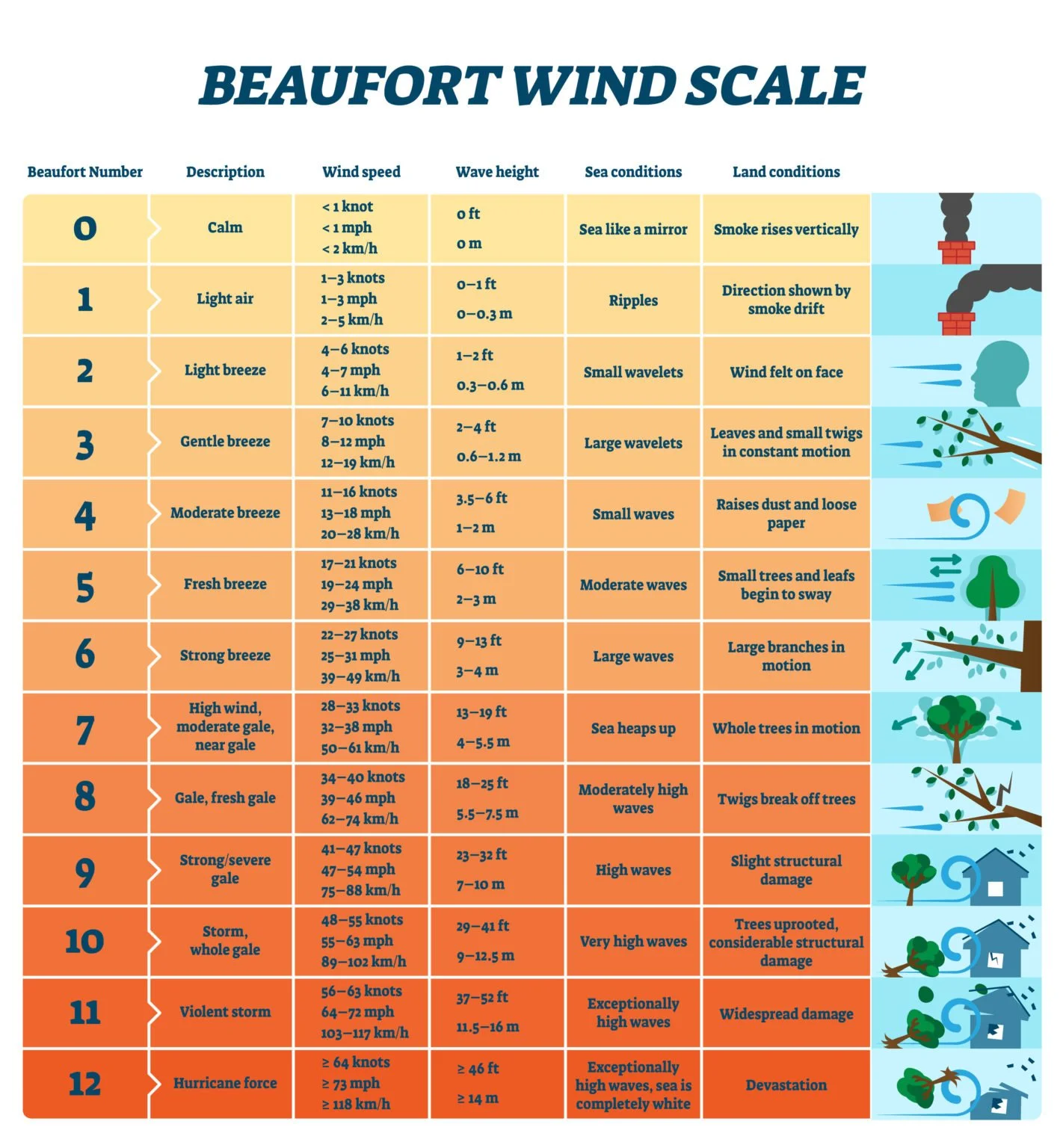How Windy is Too Windy? SUP Tips
In this blog we’re going to look at how the wind affects stand up paddle boarding, and share with you our top tips for paddle boarding in the wind.
There’s no denying Summer 2023 here in the UK has been errrm … questionable. March, April, and May was a bit of a wash out and the consistent rainfall caused the River Thames to be on red boards the majority of the time (check current conditions here). And although June and July have welcomed higher temperatures, we’ve experienced some pretty high winds. For example last Saturday Shepperton, Surrey had gusts of up to 48 knots!
Forecast for Saturday 22nd July 2023
With so many people now enjoying Stand Up Paddle Boarding in the UK, we wanted to draw some attention to the importance of the environment, the wind in particular and how it impacts SUP (Stand Up Paddle Boarding).
How to measure the wind speed?
Let’s kick off with knowing where to check and measure the wind speed. The wind can be measured in several ways, the most popular being in Knots, Mph and Km/hr.
There’s many ways to check the wind speed from the comfort of your own home. Try looking at the Met office, BBC weather, weather apps on your phone, and other apps such as Windy.
There’s also a great tool called an anemometer. It’s a nifty little device that measures wind speed and direction and you can pick one up for around £20.
Lastly you should be able to make a pretty good judgement just by looking at the environment. Look to see if the trees are swaying, are flags flying? Are there waves on the water? If you’ve never heard of the Beaufort Wind Scale then check it out below. It lists the effects of increasing wind speeds and provides some great ways of telling how windy the environment is by using the naked eye.
We suggest comparing several weather apps as they do not all provide the same predictions. If you go with the highest wind speed then you should be covered. Better to be safe than sorry.
How windy is too windy?
So how windy is too windy when it comes to paddle boarding? Unfortunately there isn't a simple answer to this as it depends on several factors such as experience and environment.
As a whole we’d recommend the following:
For beginners we’d suggest sticking to paddling in winds below 10 knots. That's force 3 on the Beaufort Scale, or the equivalent to 12 mph.
More experienced / pro paddlers might choose to paddle in stronger wind conditions using the wind to aid their performance. They may want to improve technique paddling into a head wind. Disciplines such as downwinding require strong winds to practice.
If you want to improve your skills paddling in the wind, we’d suggest going out with a coach or instructor for the first time. This will provide you with a safe space to learn and explore new techniques. We do have a SUP School on the Thames and are both British Canoeing SUP Coaches and BSUPA Instructors, so feel free to get in touch.
Does the direction of the wind matter?
It’s vital that you are aware of the direction of the wind before setting off. Wherever you’re paddling you want to ensure the wind is going to push you back to your original starting point. As mentioned earlier, the app Windy is a great tool which not only shows the wind speed, but the direction also.
If paddling from a beach you want to make sure there is an onshore wind. If you’re unsure if there’s an onshore or offshore wind, go and talk to the lifeguard for advice. If you’re new to paddling coastlines, consider a lesson with a school on the coast.
If in any doubt, don’t go out!
Top tips for paddling into a head wind
There are a few things you can do to help aid you when paddling in the wind. We’ve listed some of our most effective methods below. Try them out next time you wind yourself paddling into a head wind and let us know how you get on.
Get low
Lowering your centre of gravity will lower your wind resistance. You may decide to come down to your knees and paddle, which might also help increase your stability if you’re struggling.
Higher cadence
Shorter and faster paddle strokes will keep the board moving in a headwind.
Choke hold your paddle
By this we mean holding the shaft rather than the handle of your paddle. This aids you in your lower posture and helps paddling at a higher cadence.
Take a step closer to the nose of your paddle board
Most paddle boards have a rocker at the nose. By moving your weight forward on your board, you make the board profile smaller. You will be pushing that nose down into the water preventing the wind from blowing under the nose creating unwanted resistance.
Here’s a short video of us demonstrating some of these techniques.
Environment is key
Research your environment and get some local knowledge. Predicted forecasts can change. This may mean you have to adapt your original paddle plans. Having a plan B is always a good idea, it may be too windy in one location but maybe there's somewhere else that’s sheltered to paddle.
Remember, if in doubt, don’t go out. There’s always another day you can go paddle boarding.
For more information regarding coaching with Paddle Up, please feel free to get in touch. Thank you for reading.
India & Joshua
paddleup.co.uk
Info@paddleup.co.uk
07861916134




